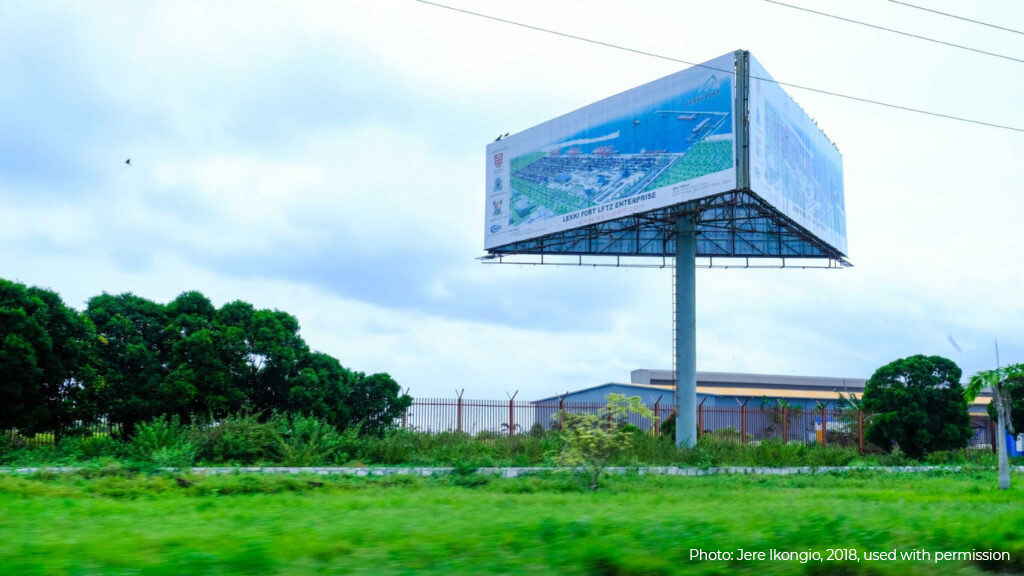
In-Migration
Accommodating the needs of migrants who travel from afar to work in the SEZs and face challenges in adapting to local circumstances and integrating into local societies.
This type of ZSR encompasses four issue areas where SEZs impact in-migrants moving to the SEZ for work and employment:
Types of ZSR
Inter-regional inequalities and high levels of un- and under-employment, particularly among large populations of young people, create a flow of migrants towards SEZs and other industrialising spaces. This is compounded by a common preference on the part of industrial employers for the recruitment of non-locals from poorer regions of the country, as migrants are seen to be more willing than locals to work hard for low wages, are dependent on their wage to sustain their accommodation near the zone, and are less likely than locals to engage in any form of labour agitation. This pattern can bring positive economic impacts to migrants’ home regions through widespread remittance-sending, as was the case in China from the 1990s on.
Large-scale in-migration by young people from poorer regions, often of different ethnic backgrounds from local communities, can have significant impacts on livelihoods, social cohesion and ethnic tensions in the areas around SEZs. Yet this aspect of zone-related development is often overlooked, as scholars and policymakers focus more broadly on the number of jobs created, rather than how those jobs are being filled. This is compounded by a lack of data on internal migration for many developing countries, making it difficult to establish patterns of movement.
Migrants face numerous challenges in the SEZ areas to which they move. In addition to difficulties integrating into local communities, finding appropriate accommodation can be problematic, and migrants may lack access to the social welfare and services available to locals. Child- and elder-care can be particularly challenging: either migrants bring these dependents with them to the SEZ, where long working hours and difficulties in accessing resources add to the burden and complexity of providing care; or they leave dependents in their home towns and villages, where appropriate alternative care may not be available.

